The Yamato Sanzan: Nara’s Historic Mountains
If you walk around Nara or Asuka, you will see three mountains standing along the Nara Basin. Those three mountains are collectively called the Yamato Sanzan, or the Three Yamato Mountains. Despite not being all that tall, these mountains are very iconic and are deeply woven into the history of Nara prefecture. In fact, because these mountains are not that big, they are fantastic to hike! Whether you are a nature enthusiast, a history buff, or just need to get out of the city for a while, a hike along the Yamato Sanzan is good for both mind and body.
What is Yamato Sanzan
Yamato Sanzan refers to Mt. Miminashi, Mt. Unebi, and Mt. Kaguyama. During the 7 and 8th century when Nara was the capital of Japan, the people believed these mountains protected the palace from any threats from the north, east, and west. Many aristocrats wrote poems about those mountains– you can even find some of them in the Manyoshu, the oldest collection of Japanese waka poetry. Needless to say, the Yamato Sanzan are some of the most important mountains in ancient Japanese culture.
“春過ぎて 夏来にけらし 白妙の 衣ほすてふ 天の香久山”
“It seems spring has gone and summer has arrived. You can see the silver ragwort drying on Ama no Kaguyama”
– Emperor Jito
Each of the mountains is only around 200m, so you can walk up one mountain in 15 minutes or so. If you wish to climb, just head to Fujiwara palace first and decide which to start!!
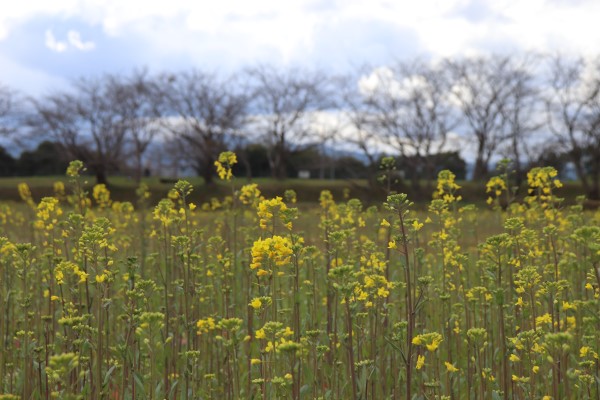
You can hike those mountains without any problem, but each mountain is a bit apart. If you decide to hike all of them, it may take an entire day.
Hiking the Yamato Sanzan
Mt.Miminashi (139m)
Mt. Miminashi is to the north of Fujiwara Palace. Seen at a distance, the mountain is most beautifully formed into a nice triangular shape. Indeed, the name Miminashi or “No Ear”, comes from the fact that it doesn’t have any bumps on the slopes on the mountain. Another interesting fact about Mt. Miminashi is that it is a dormant volcano! Over the course of about a thousand years, the volcano eroded to its present meager 139m height.
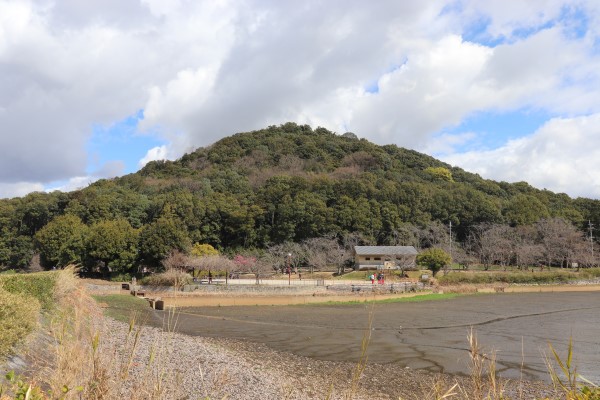
The mountain is right next to the Kintetsu Railway and actually, you can see the entire mountain from the train. The trail starts in front of Mt. Miminashi Park. It goes up the mountain via Miminashi Yamaguchi Shrine.
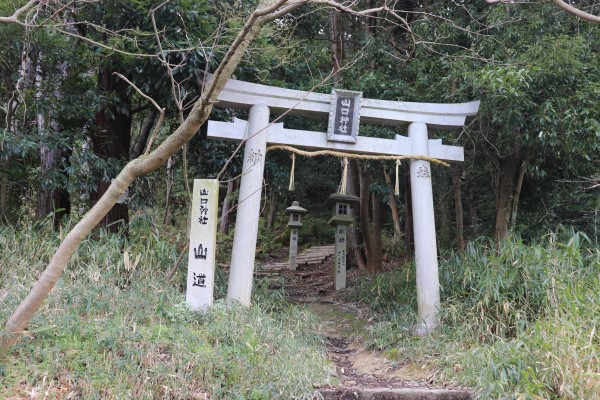
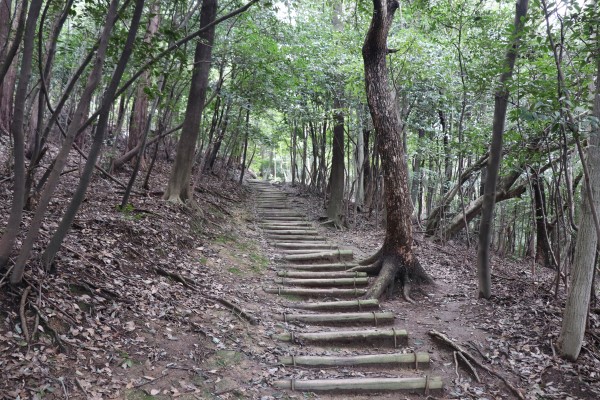
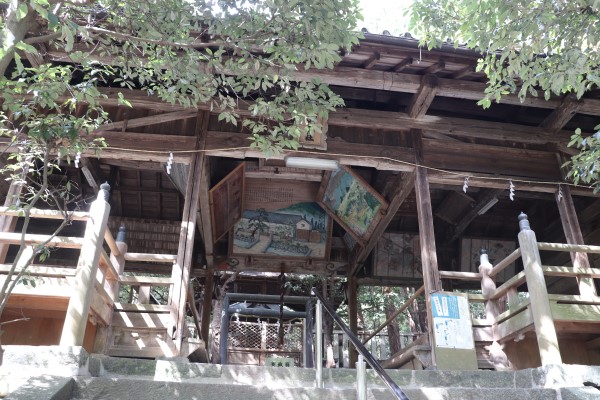
Miminashi Yamaguchi Shrine is an ancient shrine, dating back to when Fujiwara Palace was new. Though this is an interesting place, it is not the top of the mountain! The trail continues right next to the shrine.
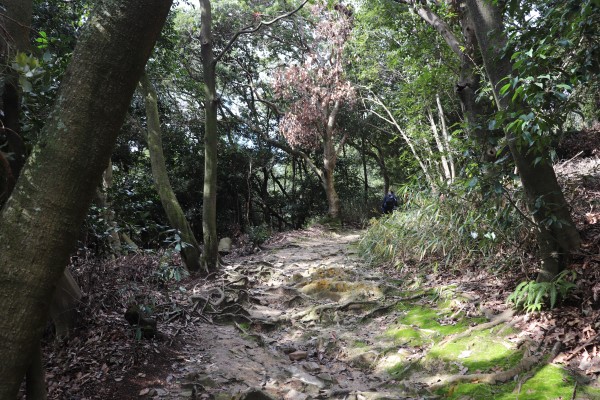
After just 10 minutes from the shrine, you will be on the top of the mountain. Though the mountain top is covered with trees, you can just manage to spot Mt. Kaguyama through the woods.
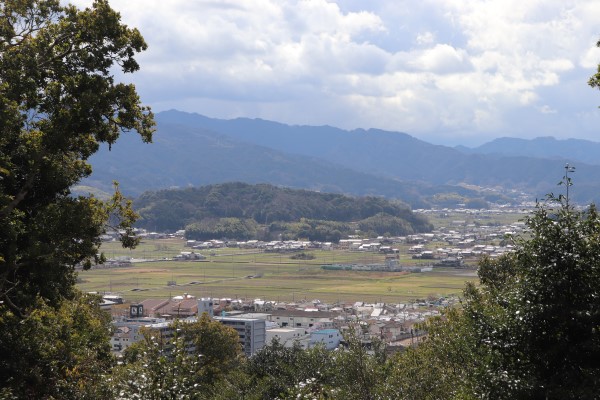
Mt.Unebi (199m)
The next one we visited was Mt. Unebi. Mt.Unebi stands right behind Kashihara Jingu Shrine, originally guarding the west side of Fujiwara Palace. The mountain is the tallest (though only 199m!) of the Yamato Sanzan. As you can infer from its name Unebi or “winding fire”, it used to be a volcano, as well.
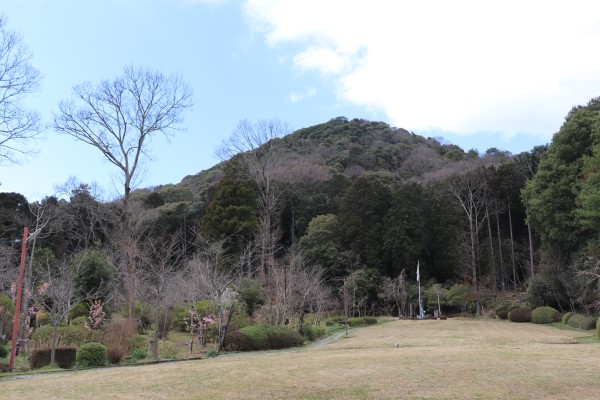
There are two trails to the top of the mountain; one is from the north of Kashihara Jingu and one is from Unebi Yamaguchi Shrine. I guess one from Kashihara Jingu is easier, as the other has many stairs. Either way, you should reach the top in about 20 minutes.
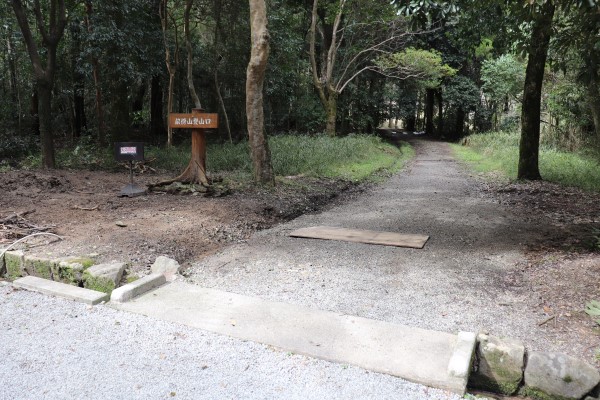
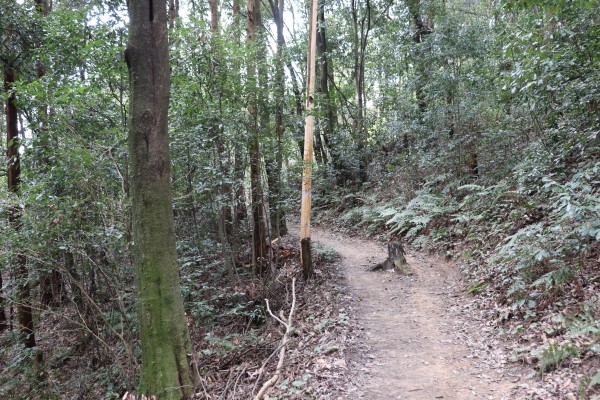
On top of the mountain, is the old site of Unebi Yamaguchi Shrine. It seems the shrine was moved to the foot of the mountain since Emperor Jimmu is buried right next to Kashihara Jingu Shrine, and it is rude to look down on an emperor. From the top of Mt. Unebi, you can get a good view of Mt. Kaguyama and Mt. Miminashi. You can also see the Nara Basin really well.
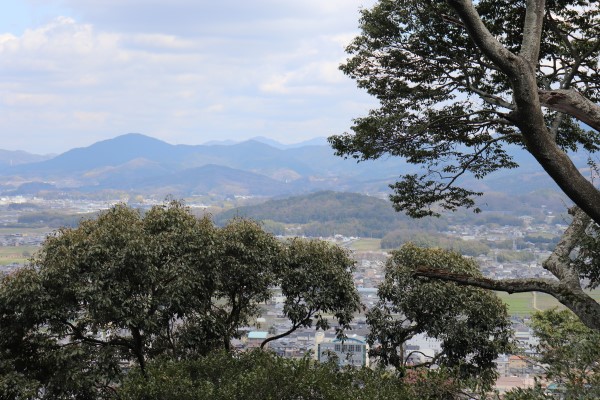
Mt. Kaguyama (152m)
Kaguyama is east of Fujiwara Palace. Although considered part of the mountain chain, Mt. Kaguyama was likely separated by erosion. Unlike other Yamato Sanzan mountains, it looks rather flat but is actually taller than Mt. Miminashi.
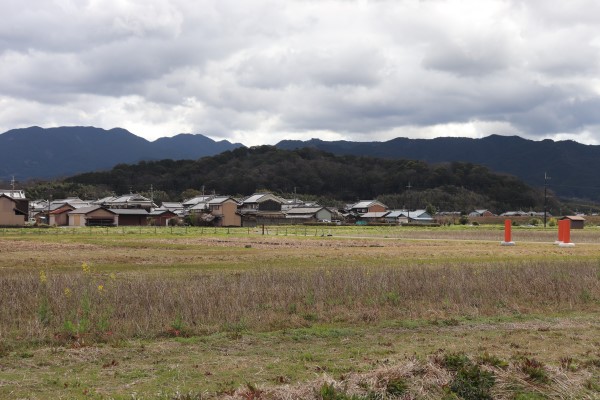
Mt. Kaguyama is considered the most sacred mountain in Yamato Sanzan. The mythology of Japan, Kojiki, specifically says when Amaterasu was hiding in the cave, Amenouzume, holding bamboo twig from Mt. Kaguyama, danced around to take Amaterasu out. Probably this is why there are many shrines on the foot of Mt. Kaguyama.
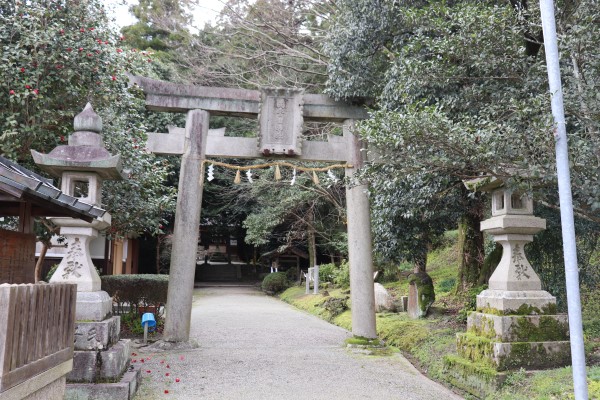
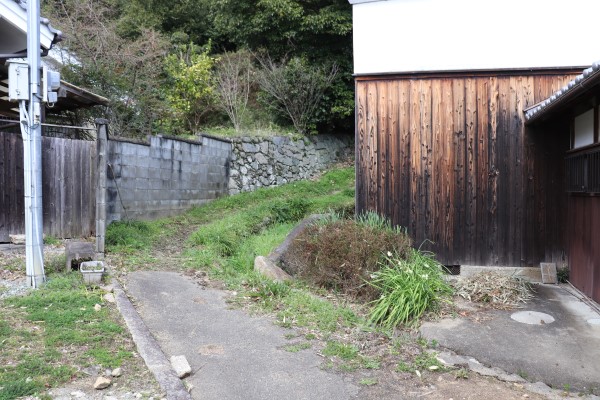
Several trails lead to the top of the mountain. If you don’t have a map, it is pretty easy to get turned around, since all these different trails crisscross one another. Even still, the mountain is only 150 m high, so even if you get a little confused, you should be fine as long as just keep walking up!
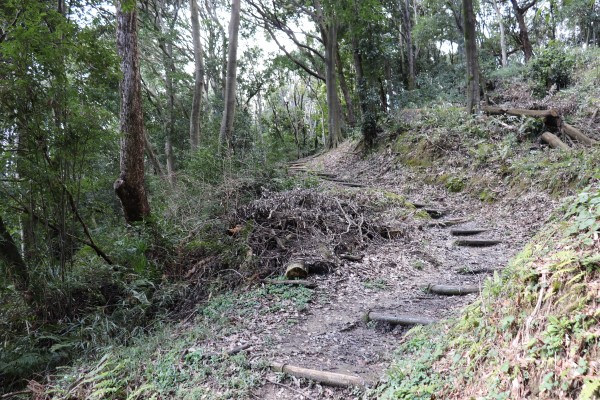
In about only 10 minutes you will be on the top of Mt. Kaguyama. From the top of the mountain, you can just see Mt.Unebi.

On the north side of the mountain, there are several interesting things, such as “a rock that gave birth to the moon”. Also, around here there are plenty of bamboo trees, so maybe Amenouzume came here to find a bamboo twig in his dance to lure Amaterasu out of her cave.
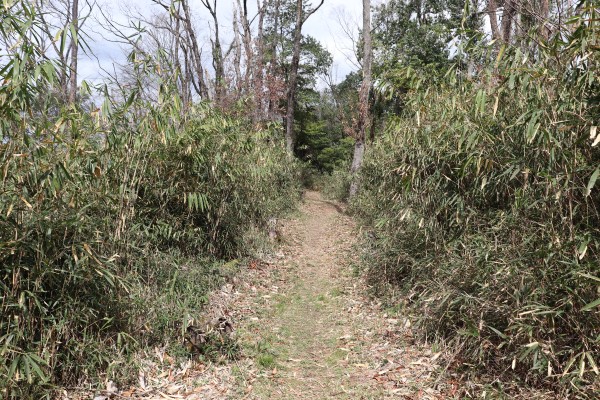
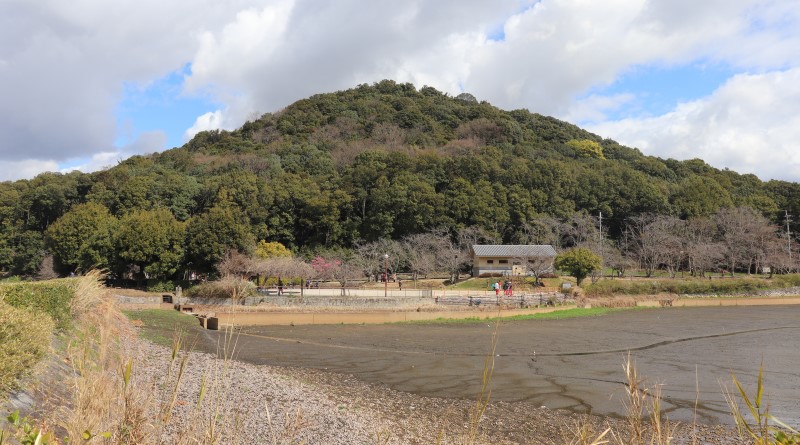
Leave a Reply